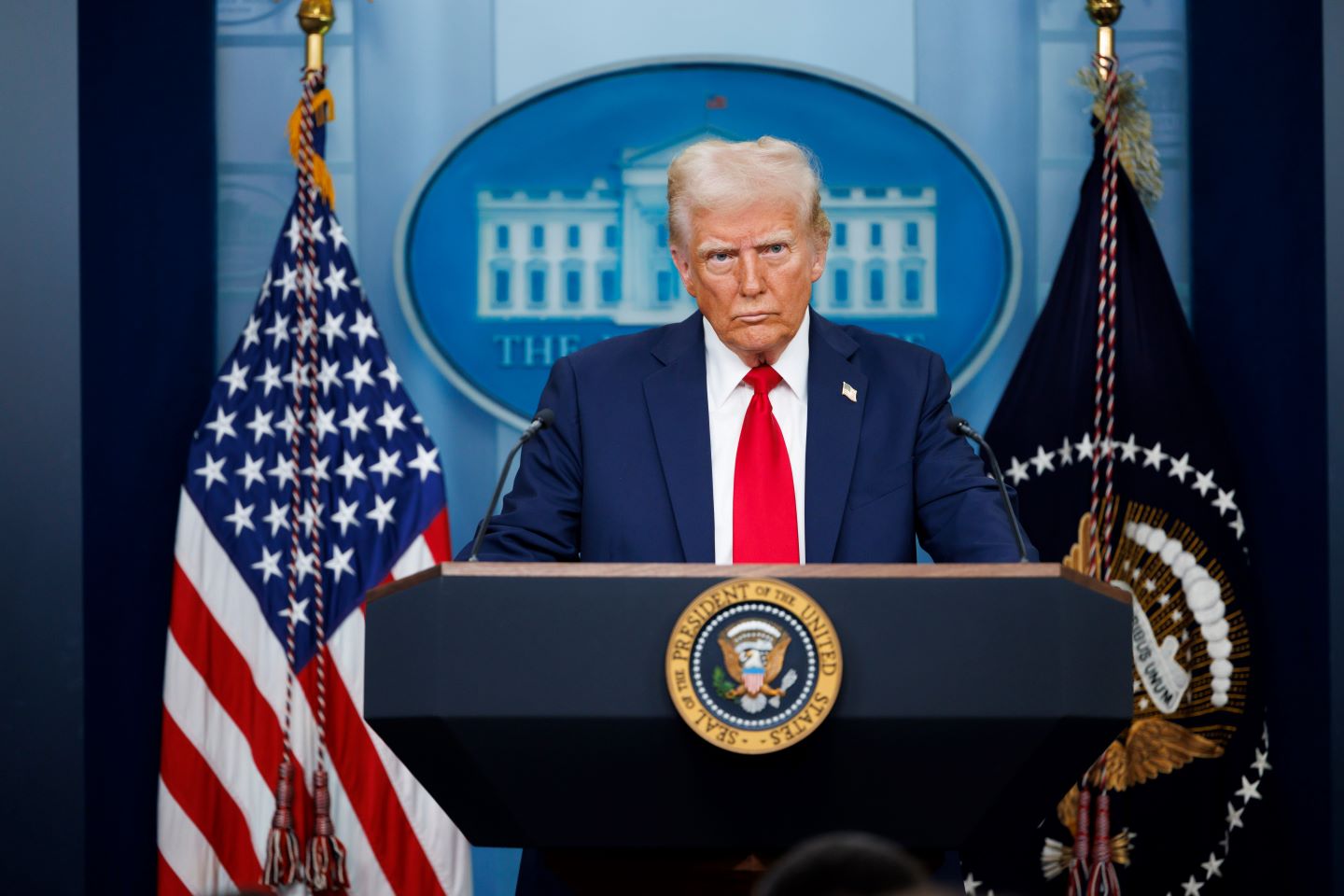US President Donald Trump has resurrected a plan he failed to achieve during his first term that entails setting US drug prices by benchmarking them to the prices of the same product in other countries. The mechanism, referred to as Most Favored Nation (MFN) status in Trump’s May 12 Executive Order (EO), amounts to International Reference Pricing (IRP) – a price-setting system on which GlobalData is the world’s leading expert.
IRP is currently used by more than 75 countries worldwide to set drug prices. GlobalData analysts track changes to all countries’ IRP systems daily and can judge the implications of small tweaks to existing external reference pricing (ERP) rules for drug prices and the ability to reference. As such, GlobalData is perfectly positioned to judge whether Trump’s MFN EO will produce its intended result.
In short, the EO aims to secure US drug prices that are the lowest among the reference countries through the following measures:
- The Department of Health and Human Services (HHS) informing pharma companies in the next 30 days what prices will be acceptable
- If “significant progress” is not made, the HHS is directed to impose rules that will result in achieving MFN prices
- If companies fail to comply, the US Government may: 1) take enforcement action against anti-competitive practices, 2) review export licenses for finished pharmaceuticals and APIs, 3) review and potentially revoke marketing authorisations for medicines found to be “improperly marketed”
Big on threats, low on detail
The approach taken in the EO is to threaten pharma companies into lowering drug prices, but it belies the administration’s lack of awareness of how IRP actually works. An ERP system’s details are essential for determining the allowed prices under IRP. Among them are:
- The formula for calculating the price (which, based on the EO, appears to be “the lowest” price among the reference countries)
- The basket of reference countries and any specific order of referencing within it
- Which products will be subject to pricing under IRP (e.g., all prescription drugs, or only some; reimbursable drugs, or non-reimbursable drugs as well; patent-protected drugs only, or generics and biosimilars; and retail drugs, hospital drugs, or both)
- How often prices will be set under IRP (e.g., only at launch or also at certain intervals after launch)
- Whether prices from the reference countries will be adjusted in any way before being used for US pricing (e.g., whether mandatory discounts will be incorporated, or will foreign prices – as best IRP practice guidelines recommend – be adjusted by Purchasing Power Parities)
- What constitutes a suitable product for referencing (e.g., should it have the same formulation, number of units per pack, etc.)
- What exchange rate will be used to convert foreign prices
These and other IRP system features will determine the final IRP drug prices under Trump’s MFN plans. They are examined in minute detail in GlobalData’s IRP360 country profiles, which are regularly updated when regulations change – as they frequently do.
So far, the Trump administration has only provided the formula (i.e., achieving lowest price among reference countries), but all other aspects of the IRP system are subject to conjecture. Without the details for the mechanism specified, it is impossible to precisely quantify the impact of IRP introduction in the US.

US Tariffs are shifting - will you react or anticipate?
Don’t let policy changes catch you off guard. Stay proactive with real-time data and expert analysis.
By GlobalDataHowever, two outcomes are obvious, even at this early stage.
Third-party profitability in US will take a hit
One detail that may have escaped US policy makers is that IRP works by affecting the list price – i.e., the “official” price – of a medicine. US list prices are undoubtedly higher than those in other countries for most originator medicines; however, they are not the real prices. Pharmaceutical manufacturers provide significant discounts, which are at the moment internalised as profit by various third parties involved in the US pharmaceutical distribution process.
By forcing the pharma industry to lower US list prices, the Trump administration would be directly hitting the profits of pharmacy benefit managers (PBMs) and private health insurers. The reason for this is that pharma companies, faced with strong pressure on the list price, would have no choice but to cut the confidential discounts they grant to third parties.
Adverse effects on other countries
In other countries, the introduction of IRP in the US would only affect list price levels marginally, but it will cause launch delays – an adverse effect of IRP that disproportionately affects patients in low-priced, frequently referenced markets. This effect will occur because once the basket of reference countries that the US plans to reference becomes clear, companies will be motivated to keep prices in these countries high, in a bid to protect their US prices. However, companies may not be able to keep prices high if most countries in the US reference basket have strong price control measures and themselves use IRP to set drug prices. Therefore, Pharma’s only recourse to safeguard US prices will be to delay launching affected products in the countries the US is referencing, or to remove the specific packs/formulations the US is referencing from those markets, or both.
To employ an often-used Trump figure of speech: politicians don’t hold all the cards. The pharma industry has some cards in its hand, and how it chooses to play them will determine the outcome of Trump’s IRP policy.
This article is produced as part of GlobalData’s Price Intelligence (POLI) service, the world’s leading resource for global pharmaceutical pricing, HTA and market access intelligence integrated with the broader epidemiology, disease, clinical trials and manufacturing expertise of GlobalData’s Pharmaceutical Intelligence Center. Our unparalleled team of in-house experts monitors P&R policy developments, outcomes and data analytics around the world every day to give our clients the edge by providing critical early warning signals and insights. For a demo or further information, please contact us here.






